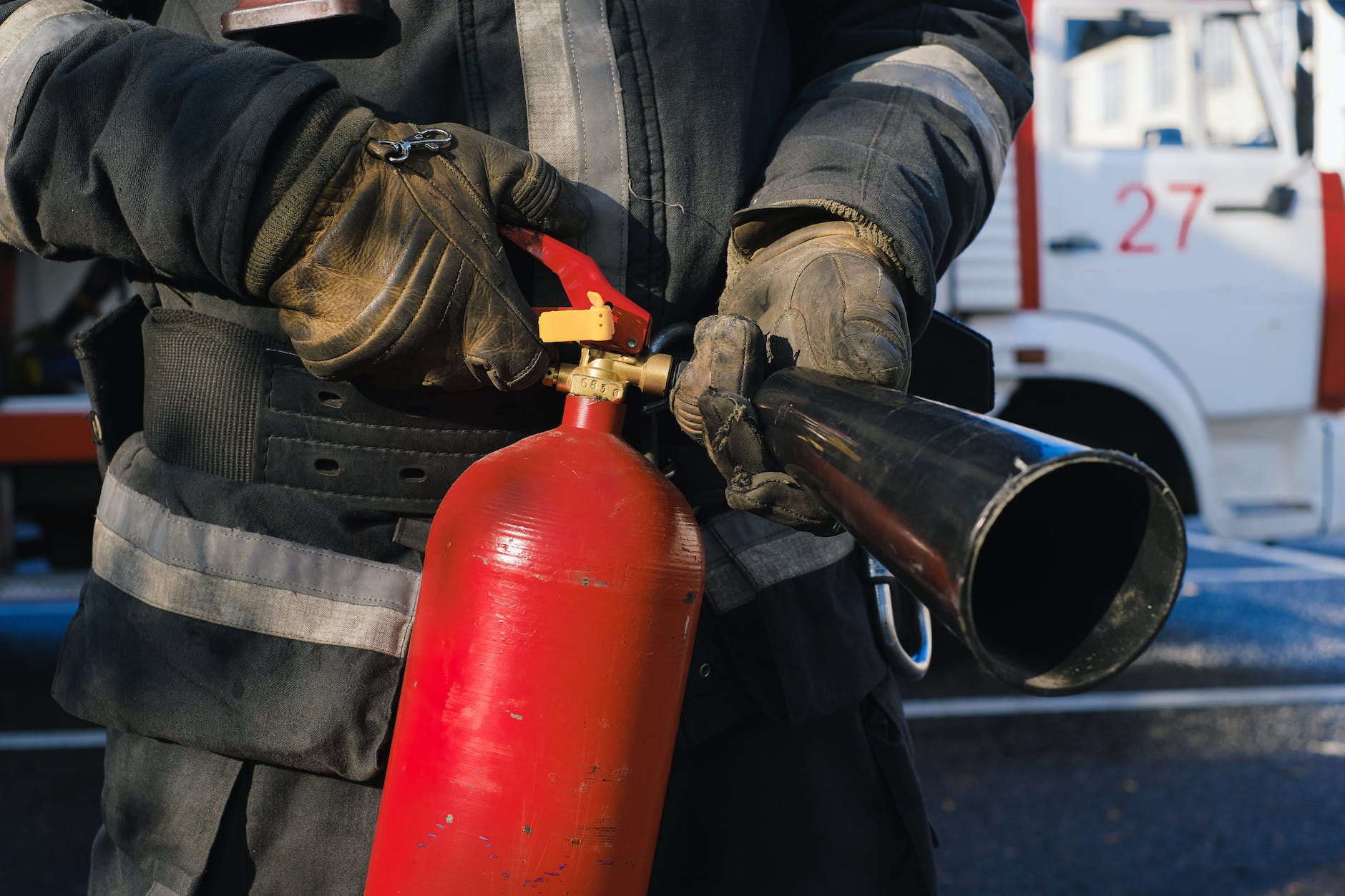
How many types of Fire Extinguisher?
How many types of Fire Extinguisher? : In a world where fire safety is paramount, understanding the various types of fire extinguishers is crucial. These life-saving devices come in different forms, each designed to combat specific types of fires. In this comprehensive guide, we will explore the different types of fire extinguishers, their uses, and how to choose the right one for various situations.
Introduction
Fire extinguishers are essential tools for fire protection. They are designed to suppress and extinguish fires before they escalate, preventing potential disasters. However, not all fires are the same, and using the wrong type of extinguisher can be ineffective or even dangerous.
Understanding Fire Classes
Before delving into the types of fire extinguishers, it’s essential to understand fire classes. Fires are classified into different categories based on the materials that fuel them. There are five primary fire classes:
Class A Fires
Class A fires involve common combustibles such as wood, paper, cloth, and plastics. Extinguishers designed for these fires use water, foam, or dry chemicals to cool the flames and suppress the fire.
Class B Fires
Class B fires are fueled by flammable liquids and gases, including gasoline, oil, and propane. Extinguishers for Class B fires use chemicals like foam, carbon dioxide, or dry powder to smother the flames.
Class C Fires
Class C fires are electrical fires, involving live electrical equipment. Specialized extinguishers designed for these fires do not conduct electricity and are labeled as Class C extinguishers.
Class D Fires
Class D fires are fires involving combustible metals like magnesium, sodium, or titanium. These fires require specialized extinguishers that use dry powder to smother the fire.
Class K Fires
Class K fires occur in commercial kitchens where cooking oils and fats ignite. Class K extinguishers use a special wet chemical to suppress these fires effectively.
Types of Fire Extinguishers
Now, let’s explore the various types of fire extinguishers and their suitability for different fire classes.
Water Extinguishers (Class A)
Water extinguishers are effective against Class A fires, as they remove the heat element from the fire triangle.
Foam Extinguishers (Class A and B)
Foam extinguishers work on Class A and B fires by smothering the flames and cooling the fire’s surface.
Carbon Dioxide (CO2) Extinguishers (Class B and C)
CO2 extinguishers are ideal for Class B and C fires, as they displace oxygen, suffocating the fire.
Dry Chemical Extinguishers (Class A, B, C)
Dry chemical extinguishers are versatile and suitable for Class A, B, and C fires, as they interrupt the chemical reaction in the fire triangle.
Dry Powder Extinguishers (Class D)
Dry powder extinguishers are designed for Class D fires involving combustible metals. They work by smothering the fire and interrupting the heat source.
Wet Chemical Extinguishers (Class K)
Wet chemical extinguishers are specifically formulated for Class K fires in commercial kitchens. They react with hot cooking oils to create a soap-like substance that extinguishes the fire.
Multi-Class Fire Extinguishers
Some fire extinguishers are designed to handle multiple fire classes. These versatile extinguishers are labeled accordingly, making them suitable for a range of fire situations.
How to Choose the Right Fire Extinguisher
Selecting the right fire extinguisher is crucial for effective fire protection. Consider the fire risks in your environment and choose an extinguisher that matches the potential hazards.
Proper Fire Extinguisher Usage
Knowing how to use a fire extinguisher correctly is as important as choosing the right one. Remember the PASS method:
- Pull the pin
- Aim at the base of the fire
- Squeeze the handle
- Sweep from side to side
Maintenance and Inspection
Regular maintenance and inspection of fire extinguishers are essential to ensure they are in working order when needed. Schedule annual inspections and look for signs of damage or wear.
Fire Extinguisher Placement
Place fire extinguishers in easily accessible locations, keeping them near potential fire hazards. Ensure they are visible and unobstructed.
The Importance of Fire Safety Training
Providing fire safety training for employees and family members is crucial. Teach them how to recognize fire hazards, evacuate safely, and use a fire extinguisher effectively.
Common Myths About Fire Extinguishers
There are several misconceptions about fire extinguishers. Debunking these myths can help improve fire safety awareness.
Conclusion
Fire extinguishers are indispensable tools in fire safety. Understanding the different types of fire extinguishers and their appropriate uses is essential for protecting lives and property. Make informed choices when it comes to fire protection, and remember that being prepared can make all the difference in an emergency.
How Many Classification of Fire: 4, 5, or 6?
Classification of Fire | Classes of Fire | Types of Fire
Classification of Fire as per Different Standards
Fire Safety and Emergency Response
FAQs
- How often should I inspect my fire extinguisher?
- Fire extinguishers should be inspected at least annually, and more frequently in high-risk environments.
- Can I use a Class A extinguisher on a Class B fire?
- No, it is not recommended. Using the wrong type of extinguisher can make the fire worse. Always use the appropriate class of extinguisher.
- What should I do if a fire extinguisher is damaged or expired?
- Replace it immediately. Damaged or expired extinguishers may not function correctly in an emergency.
- Is it necessary to have a fire extinguisher in my home?
- While it’s not mandatory, having a fire extinguisher in your home can be a lifesaver in case of a fire emergency.
- How can I learn to use a fire extinguisher effectively?
- Consider taking a fire safety course or consulting with your local fire department for training and guidance.
In conclusion, understanding the different types of fire extinguishers and their appropriate use is crucial for fire safety. By following proper guidelines and being prepared, you can help protect yourself, your loved ones, and your property in the event of a fire emergency
























